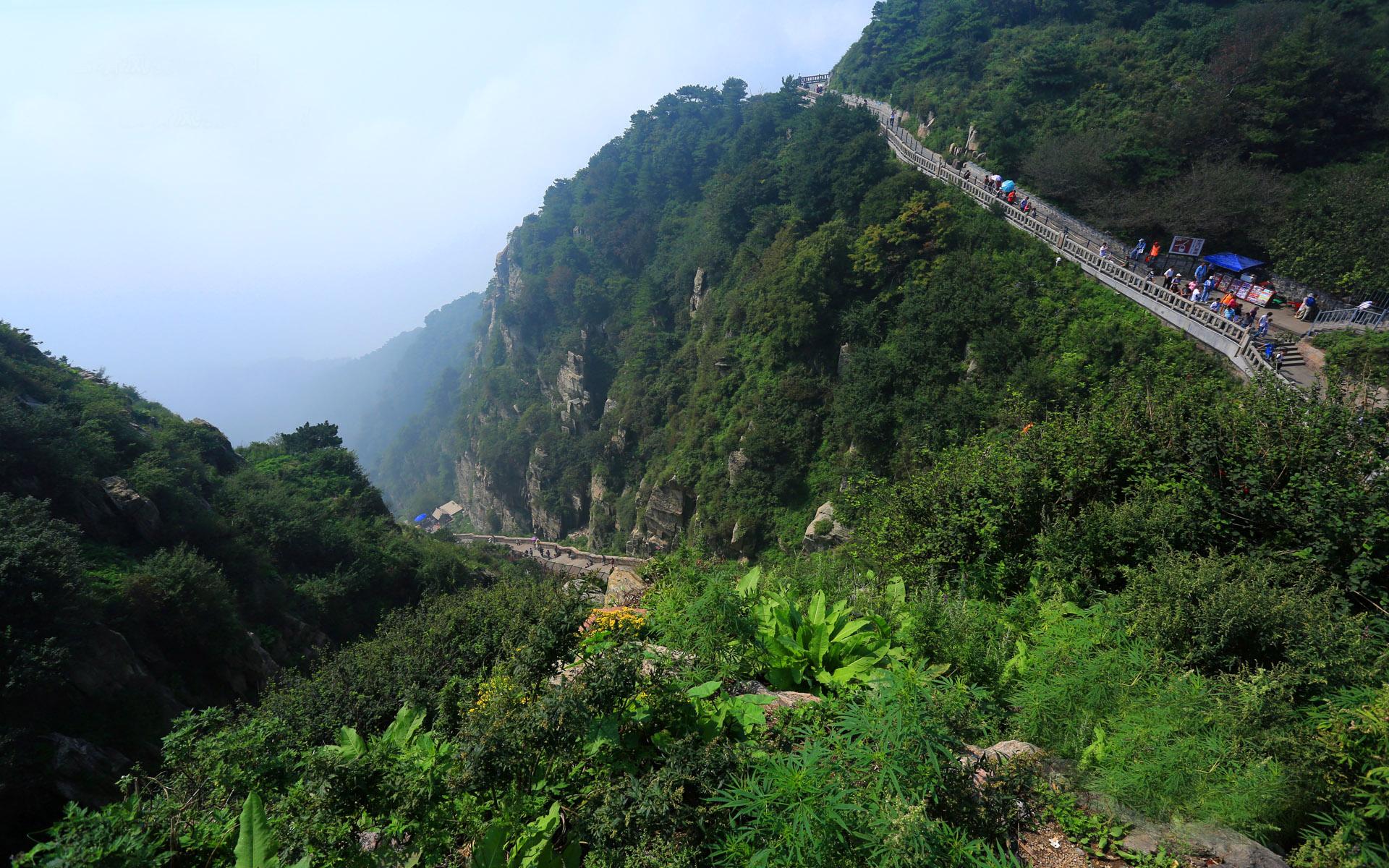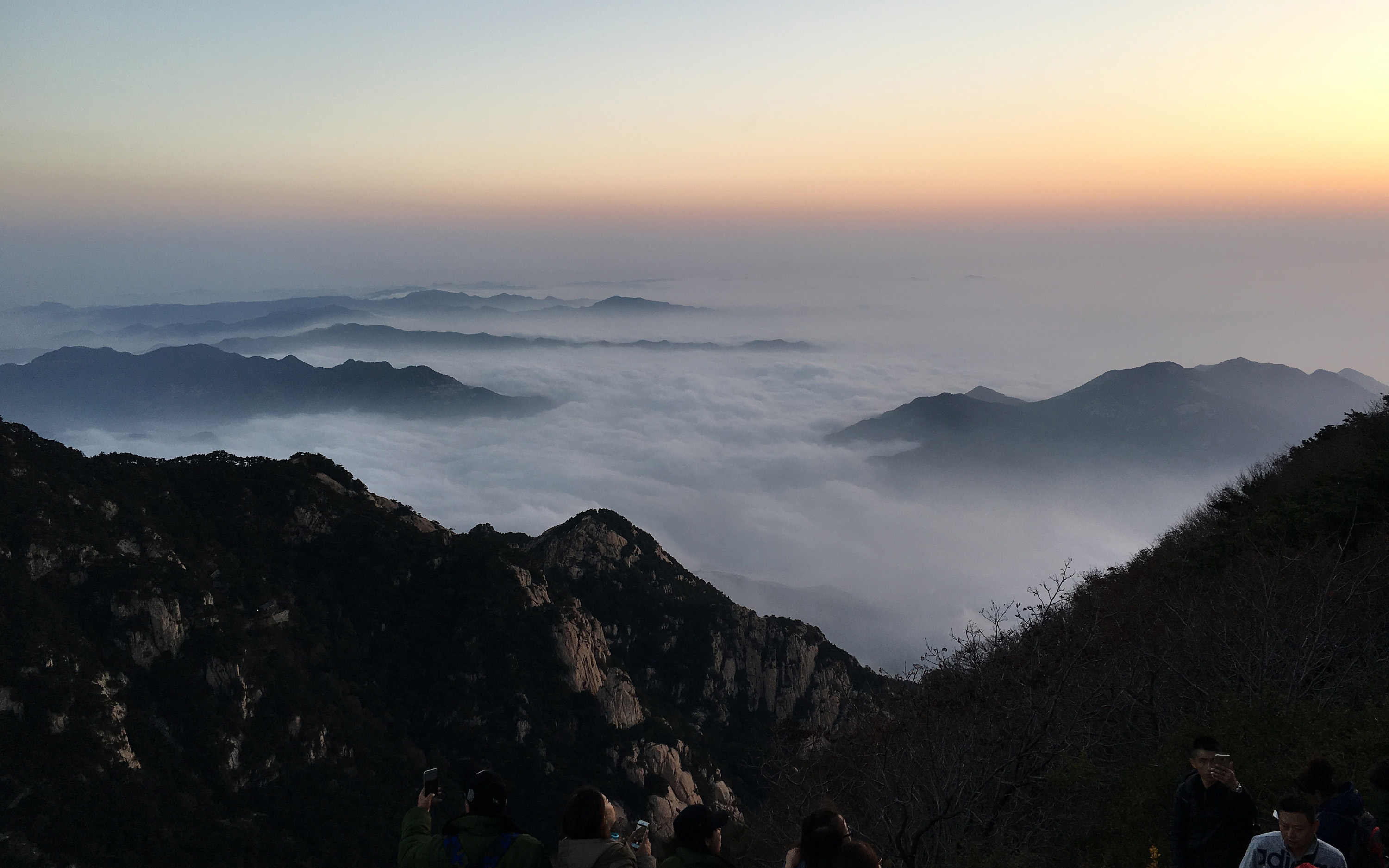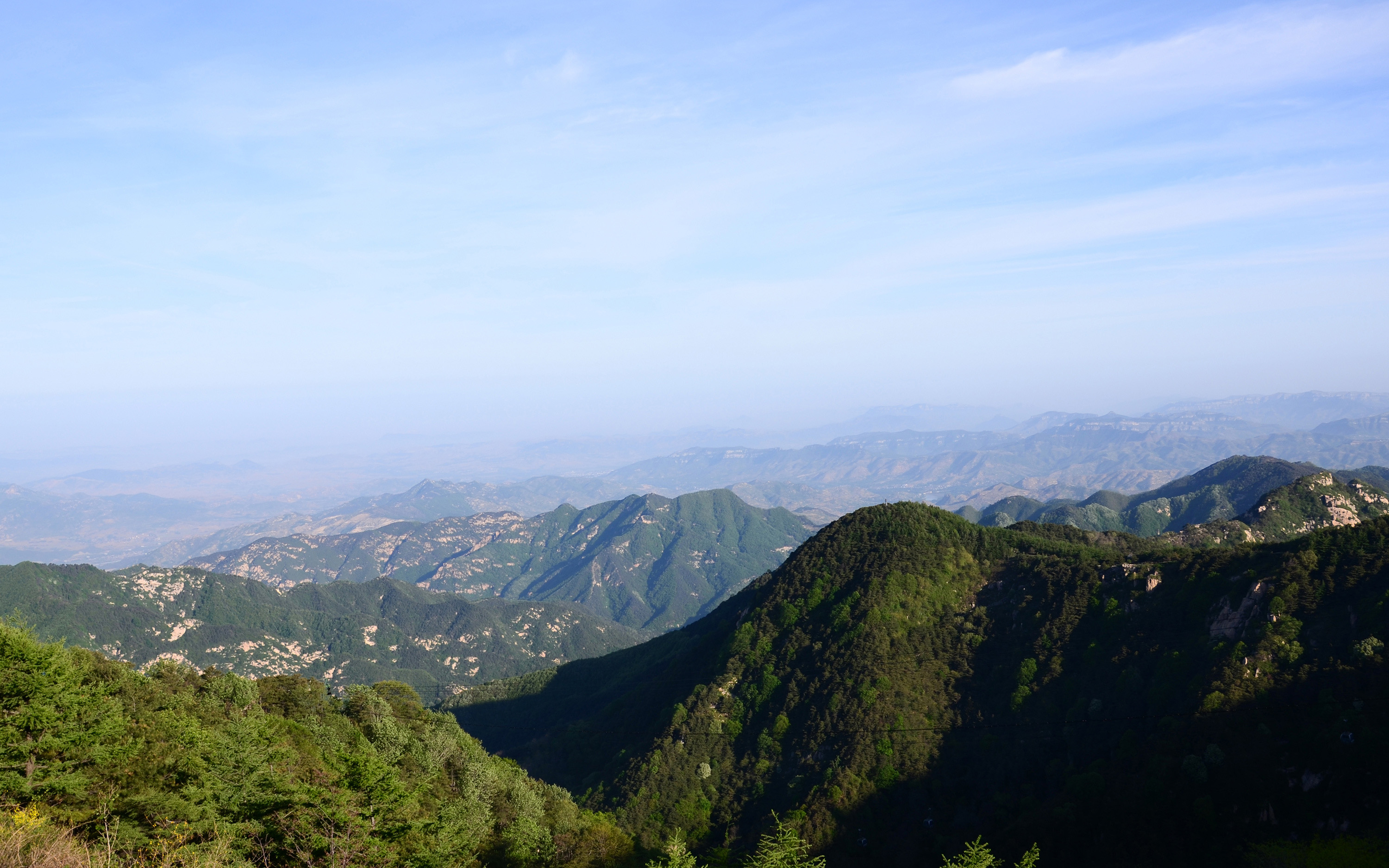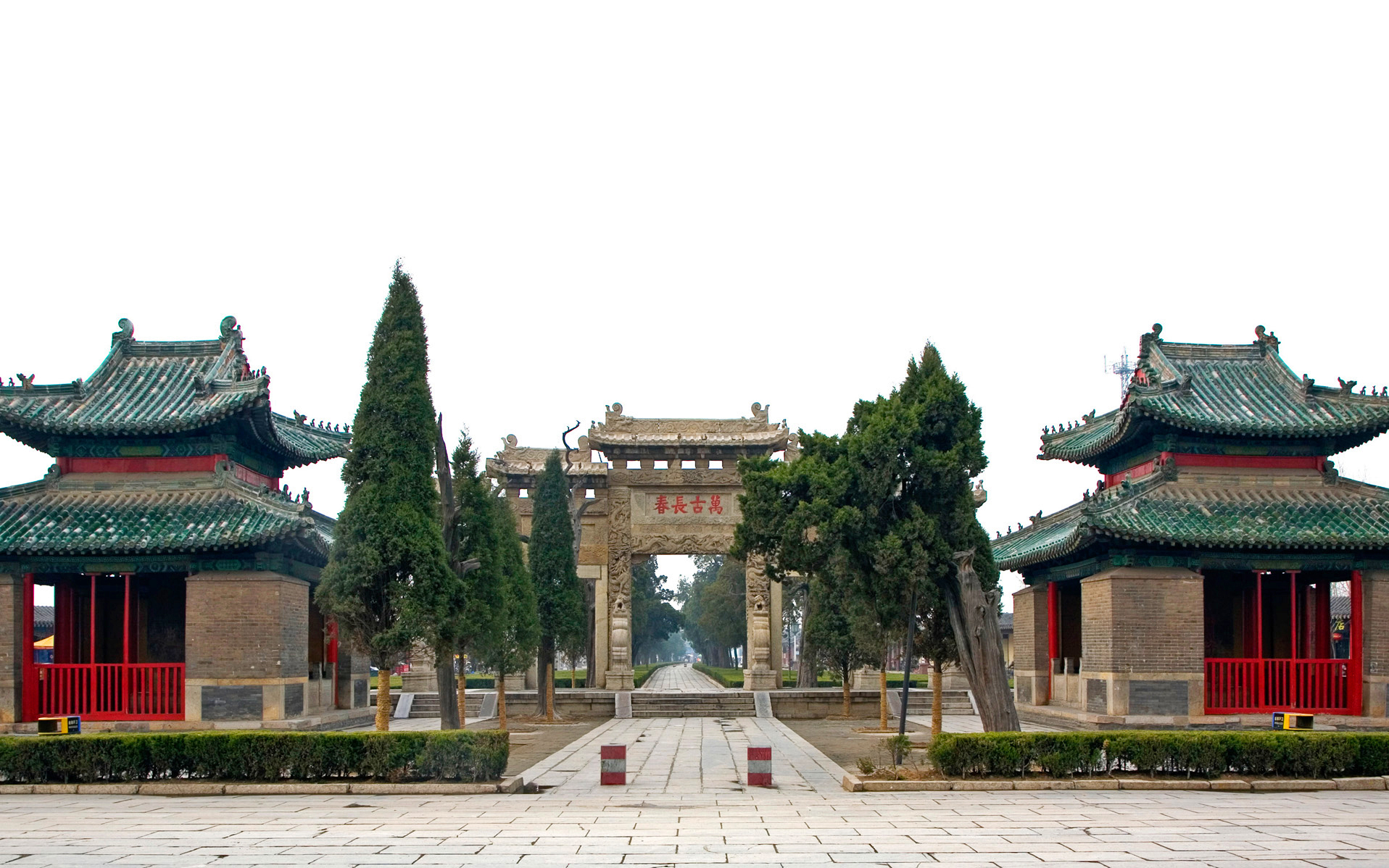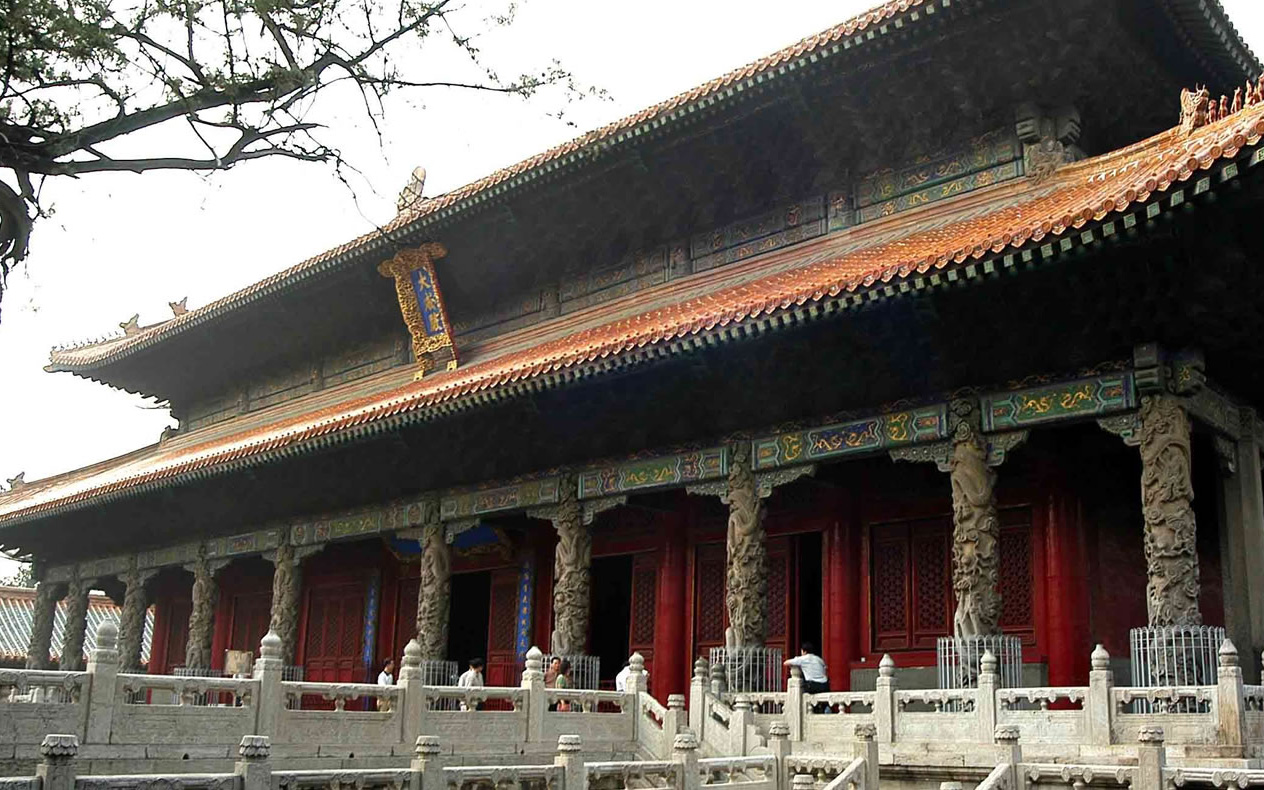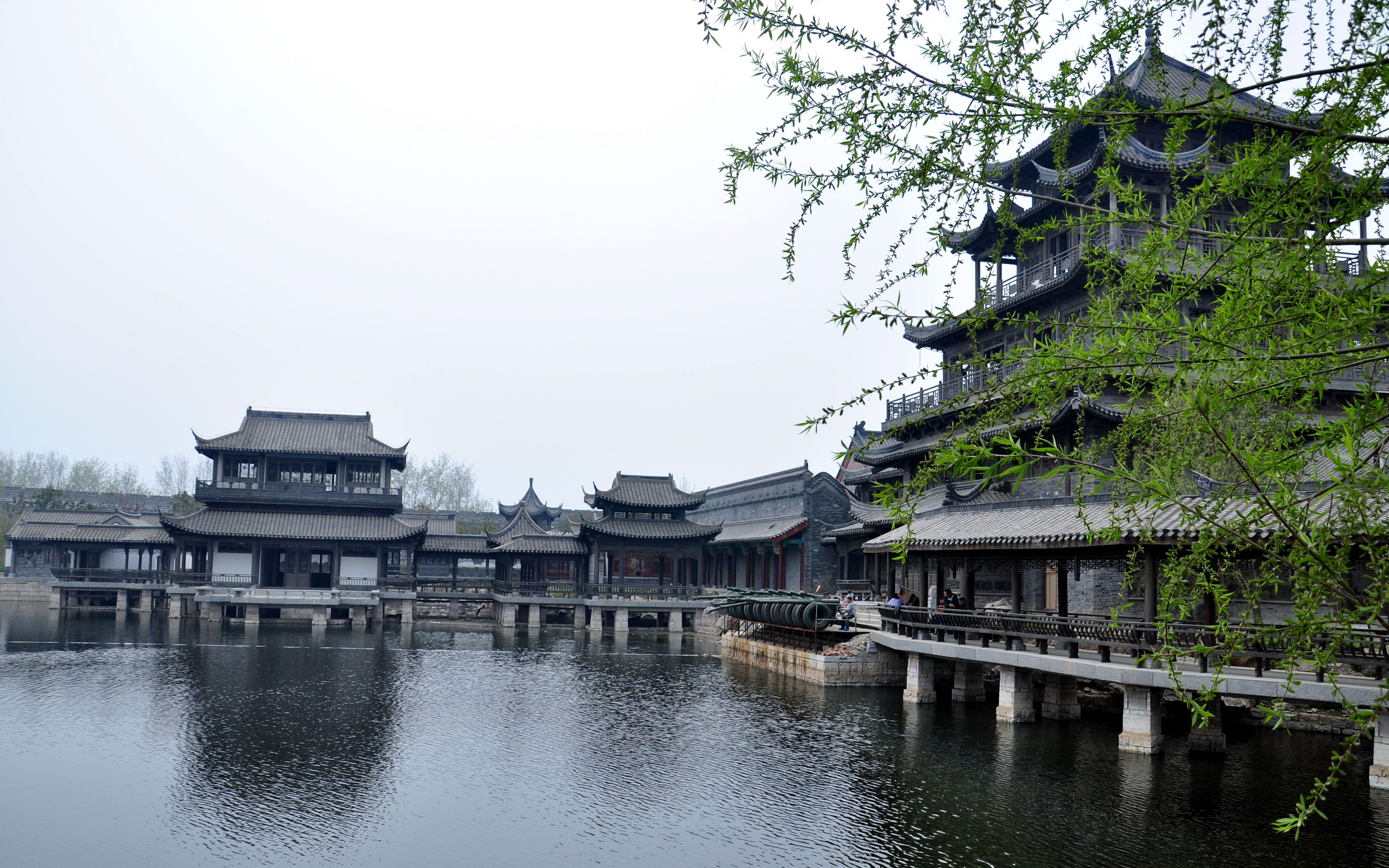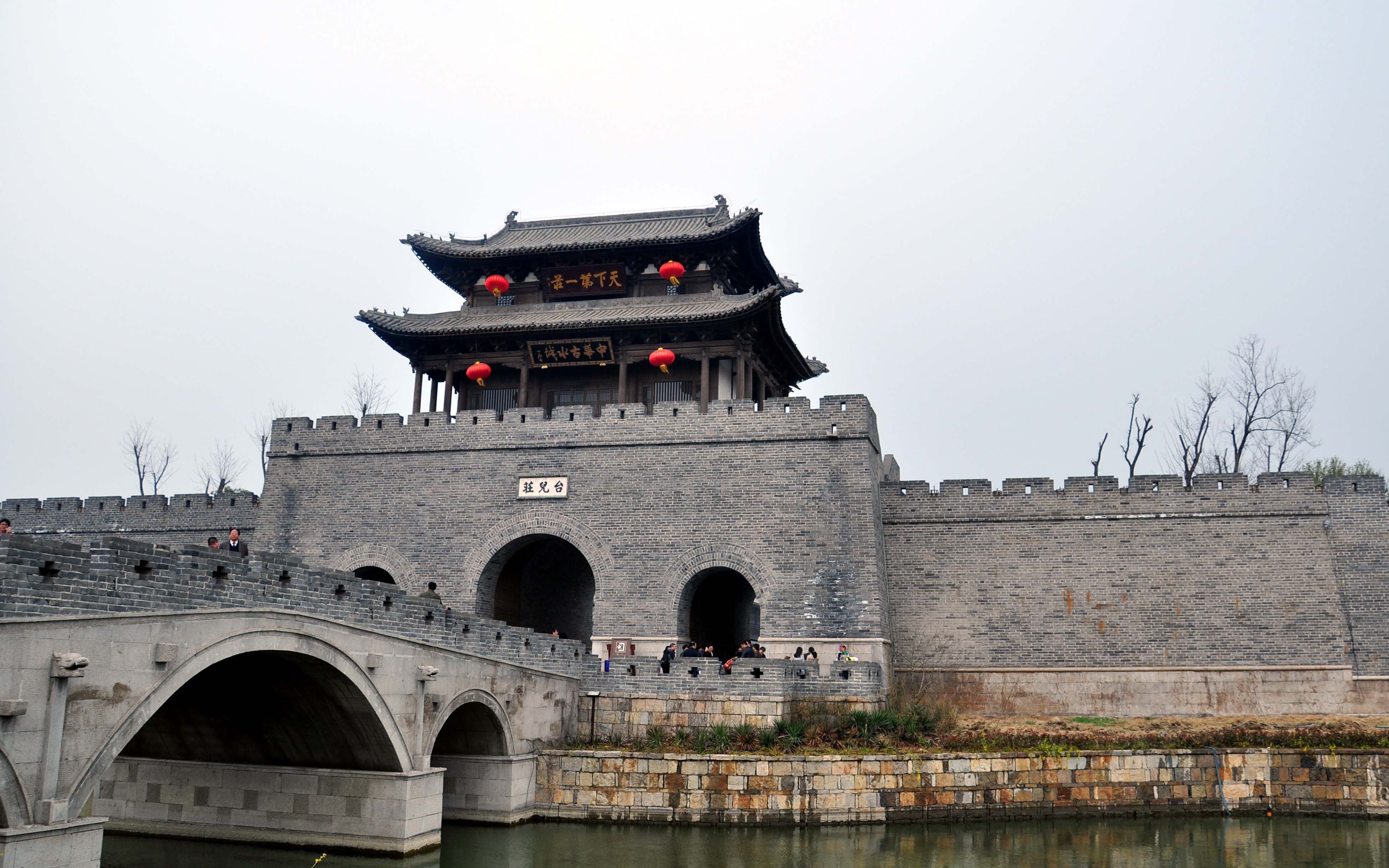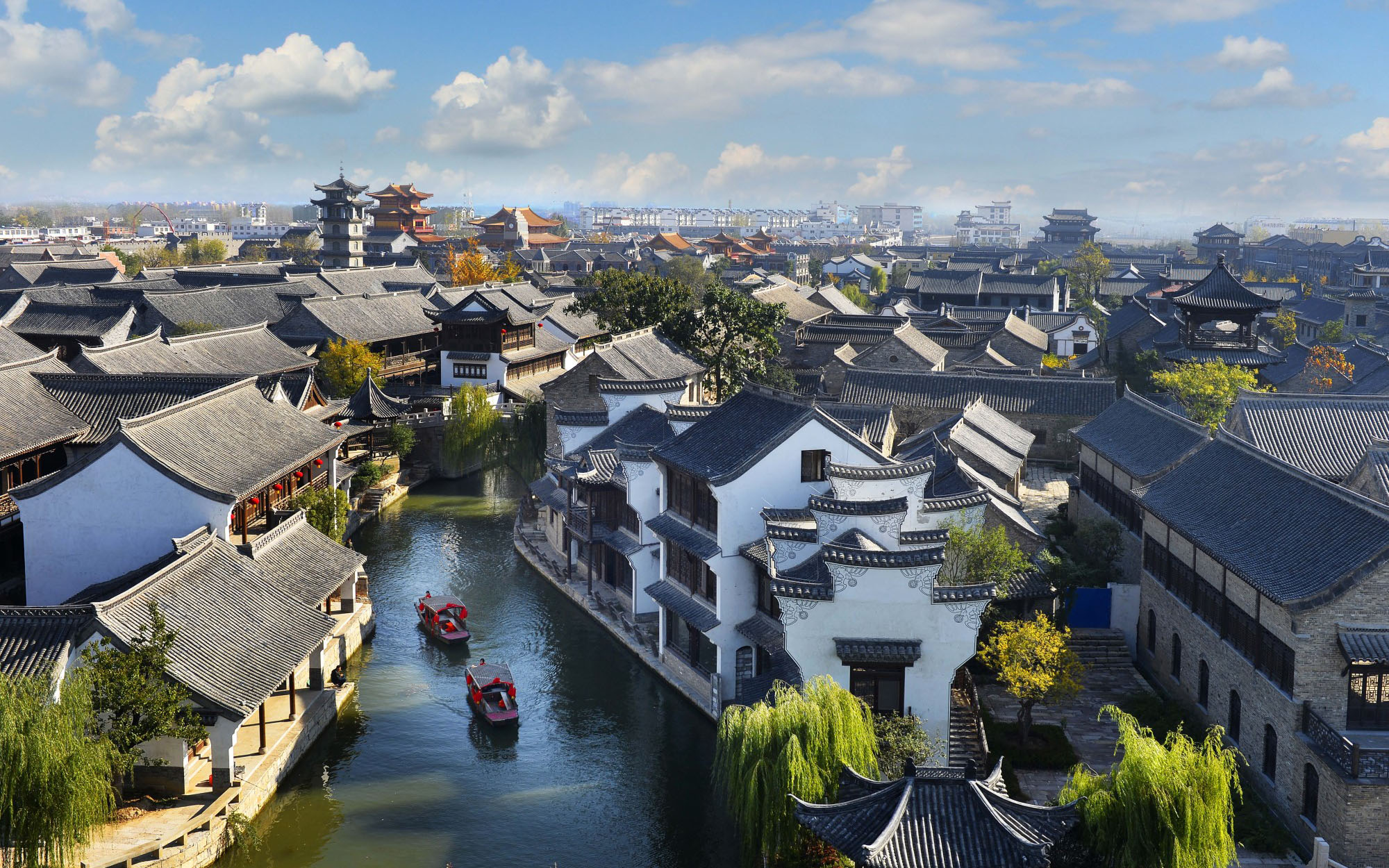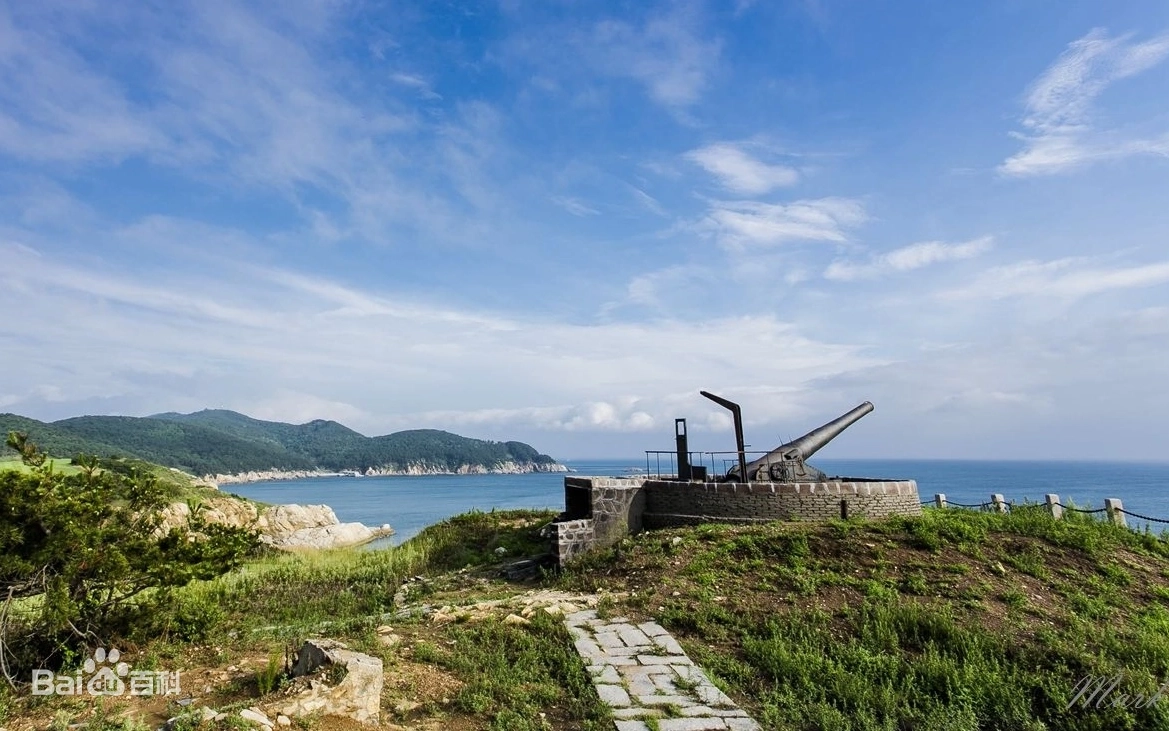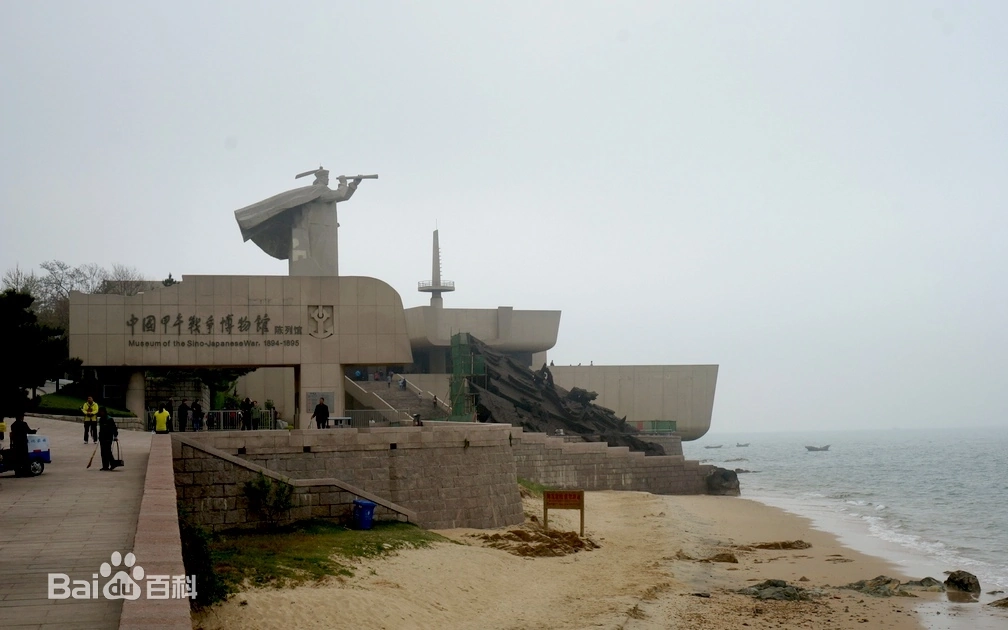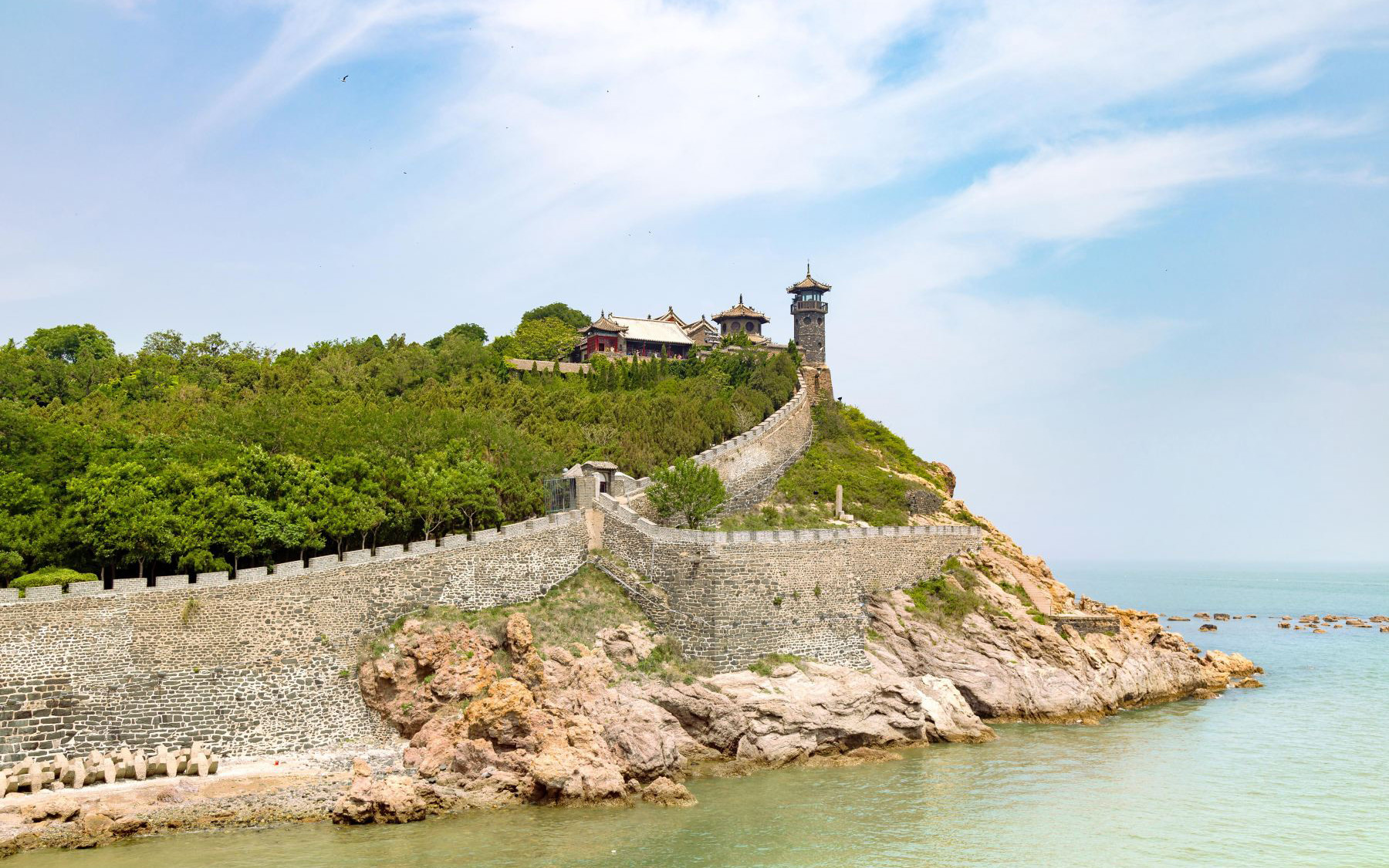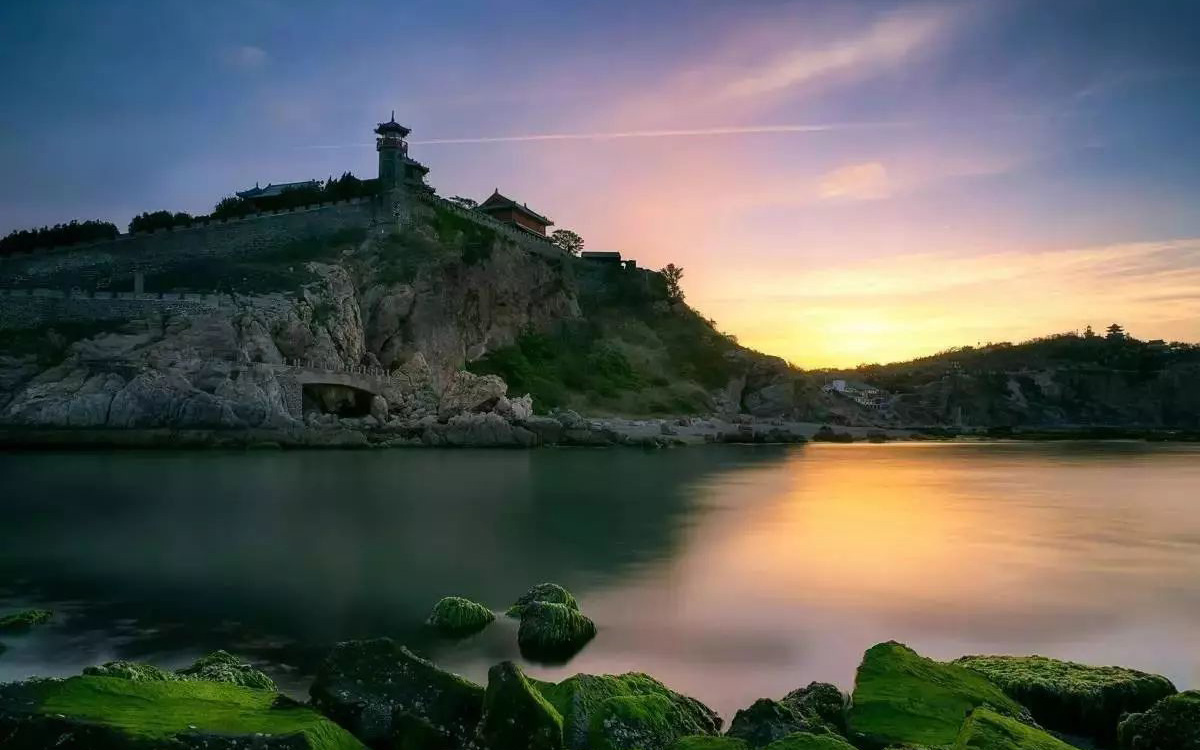
Famous tourist attractions in Shandong
Shandong Province is located in the eastern part of China, at the lower reaches of the Yellow River, facing the Bohai Sea and the Yellow Sea, and across from the Korean Peninsula and Japan. In Shandong, the earliest Chinese characters were discovered, the earliest city-state was excavated, and the oldest existing Great Wall of China can be found.

Qingdao can be reached by train directly from: Jinan (2 hours), Tai'an (3 hours), Taishan (4 hours), Qufu (2.5 hours), Weifang (1 hour), Zibo (1.5 hours), Zaozhuang (4 hours to Taierzhuang), Yantai (1 hour), Weihai (2 hours), and Penglai (3 hours).
Culture and History
The cultural and historical tourism area spans from Jinan, Tai'an, Qufu to Zou City. Among them, Mount Tai is a great and majestic symbol of the Chinese nation, covering an area of over 400 square kilometers and formed during the Neoproterozoic Era and Paleozoic Era. Qufu is the hometown of Confucius, with the Confucian Temple, Confucian Mansion, and Cemetery of Confucius being sacred sites for generations of Chinese people to commemorate Confucius and his followers. These two sites have been listed as World Cultural and Natural Heritage Sites by UNESCO.
The cultural tourism area in Zibo includes the ancient city of Qiguo, the Martyrs' Stables, and Pu Songling's former residence. The Zibo Ceramic Glass Museum is the largest ceramic glass museum in China. The Yellow River Estuary Tourism Area showcases the unique natural landscape of the Yellow River entering the sea. The Ceramic Glass Museum displays the glorious history of Zibo, known as the "Ceramic Capital" of China. Liaozhai Town is a cultural scenic spot themed on Pu Songling's "Strange Tales from a Chinese Studio," allowing visitors to experience a mysterious world of ghosts and spirits.
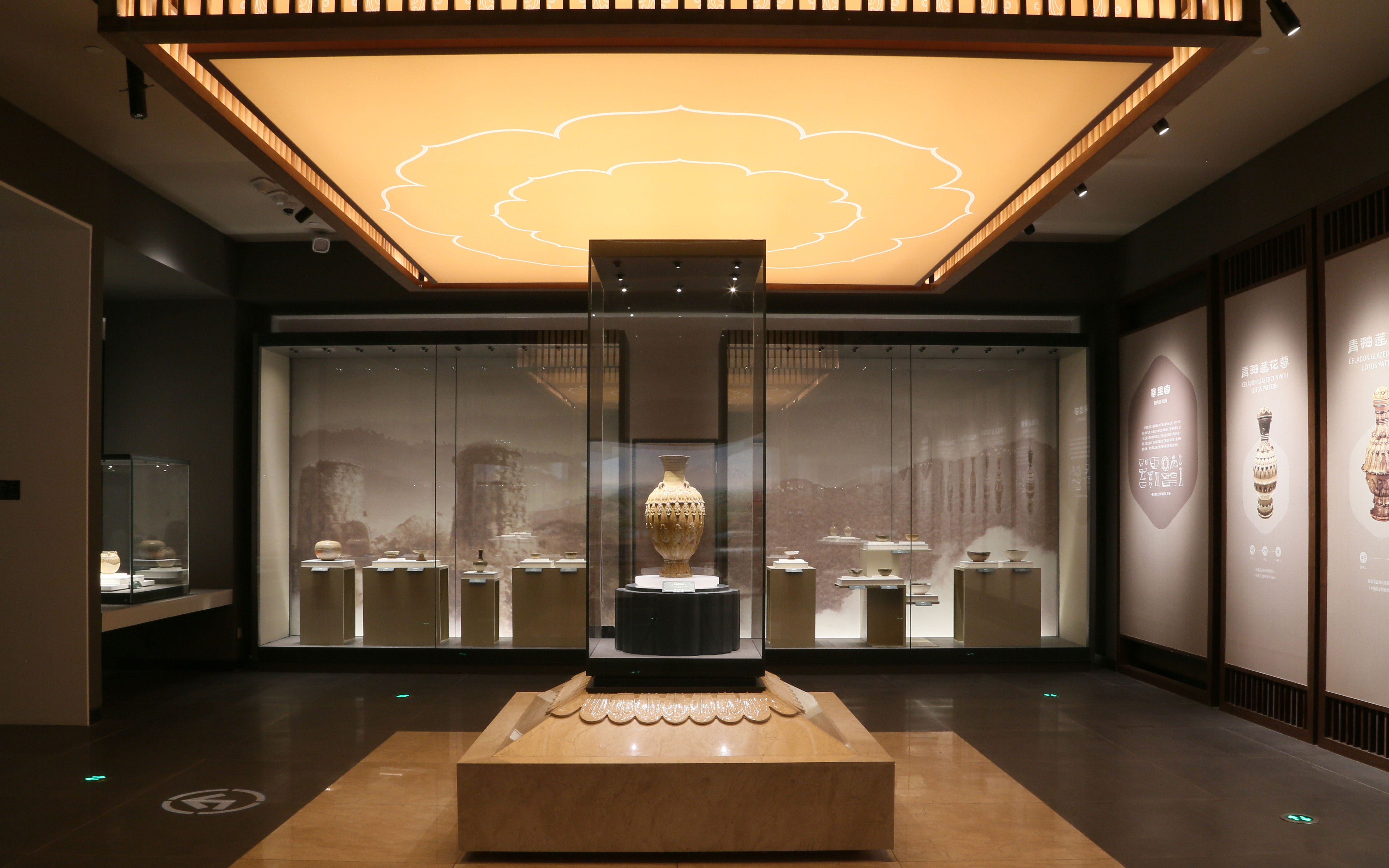
The cultural tourism area in Liangshan, Yanggu, and Taierzhuang includes Taierzhuang Ancient City, which serves as a hub along the Beijing-Hangzhou Grand Canal and developed during the Tang and Song dynasties. It is known as "the First Famous Village under Heaven." Within the city, there are ancient river channels, ancient docks, the Ancient Water City of China, and the Taierzhuang Battle Memorial Hall. Taierzhuang is one of only two cities in the world that were destroyed by World War II bombings and then rebuilt as a UNESCO World Heritage Site.
Coastal Scenery
The coastal scenery tourism area includes Qingdao, Yantai, Weihai, and Penglai. On Weihai Liugong Island, there are the China Mutiny Museum, the Museum of the Sino-Japanese War at Sea, as well as remnants of the naval academy and multiple artillery batteries from that era. The Ma Horse Islet was used for horse breeding during the Qin Dynasty. Weihai Park is one of the largest seaside parks among cities in China, facing Weifang Bay. The Zhangyu Wine Culture Museum is located in Yantai. Penglai Pavilion is one of the four ancient famous towers in China, often shrouded in mist, giving visitors an otherworldly experience. The myth of "Eight Immortals Crossing the Sea" originated here.
Folklore Tourism
There is also the folklore tourism area featuring Weifang kites, wooden New Year paintings, and traditional accommodations.

Main Organizer
About Us
Technical Support
鸿之微科技(上海)股份有限公司
Hongzhiwei Technology (Shanghai) Co., Ltd.
Contacts
![]()
istcp@istcp2024.com
www.istcp2024.com
